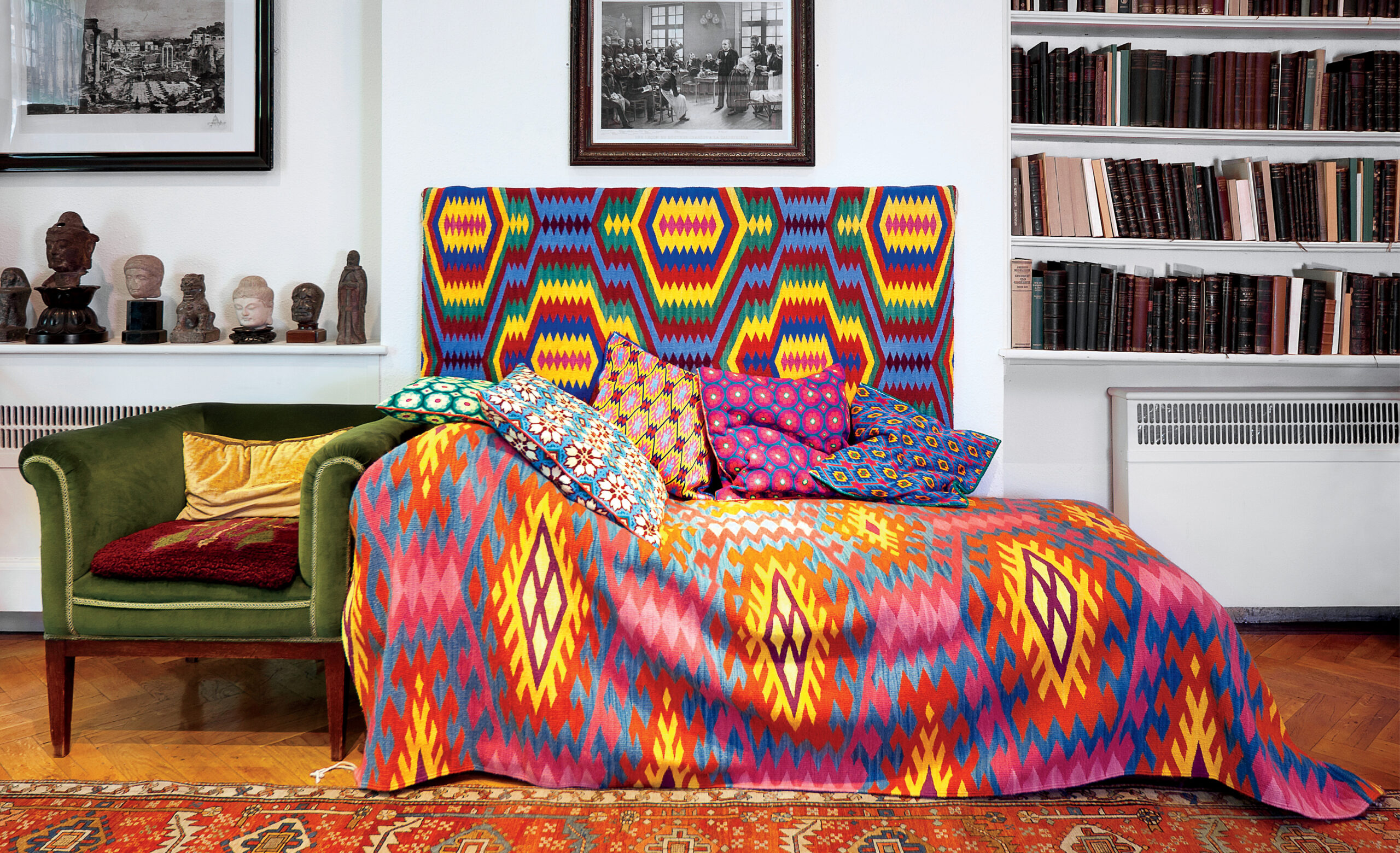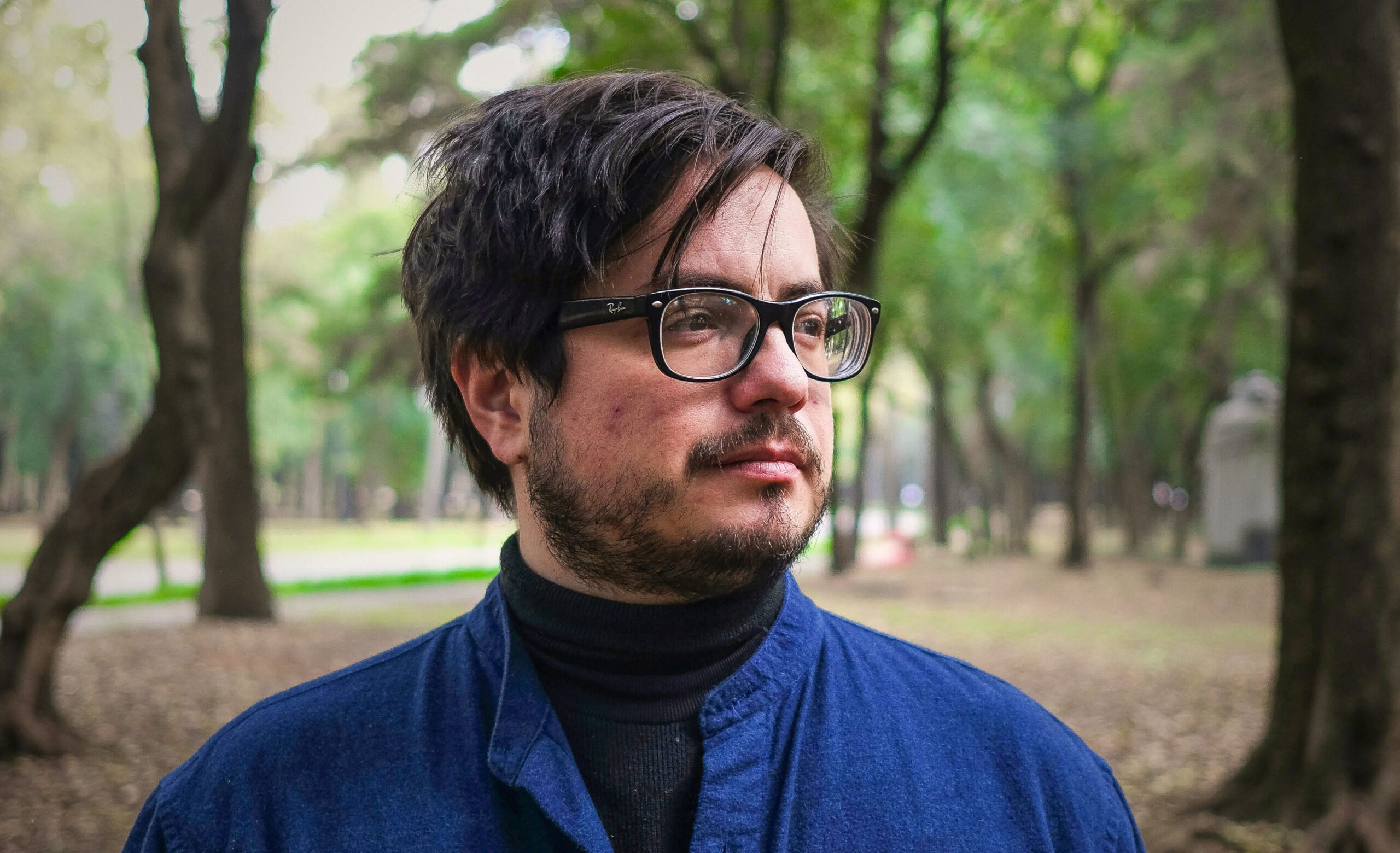Paul O’Dette’s Early Music Performance at Americas Society
Paul O’Dette’s Early Music Performance at Americas Society
The renowned lutenist played eighteenth-century pieces at Music of the Americas in November.
On November 9, Americas Society hosted a rousing concert of New World-baroque music performed by guitarist, lutenist, and early music specialist Paul O’Dette. The evening’s concert centered around music by Spanish guitarist Santiago de Murcia and Guatemalan composer Manuel Alvarez.
As an influential figure in the early music field, O'Dette has helped redefine the technical and stylistic standards to which twenty-first-century performers of early music aspire, infusing the performance practice movement with a careful combination of historical awareness, idiomatic accuracy, and self-expression. O'Dette maintains an active international career as an ensemble musician, performing with many of the leading early music soloists and ensembles such as the acclaimed continuo ensemble Tragicomedia. In addition to his activities as a performer, O'Dette is an avid researcher, having worked extensively on the performance and sources of seventeenth-century Italian and English solo song, continuo practices, and lute technique.
The evening began by revisiting the music of Europe, which was best known to de Murcia. This section of the program included Spanish dances such as passacalles, jácaras, fandango, marizápalos, among others, as well as Italian, French, and English airs. The first half of the program featured transcriptions of baroque Italian composer and violinist Arcangelo Corelli’s violin sonatas Op. 5. O’Dette remarked that these pieces were “some of the most miraculous achievements in economy that I’ve ever seen in music history. Santiago [de Murcia] manages to arrange the solo violin part, the bass part, and the basso continuo part and make it seem like there’s nothing going on.” A set of variations on the popular Italian dance Folias Italianas followed. Concluding the first half of the program was Payssanos, a well-known variant of Greensleeves alongside the fandango, which swept Europe by storm in the second quarter of the eighteenth century. The fandango was popular not only because of its driving rhythms and the virtuoso variations that instrumentalists improvised, but also because of its engaging dance.
The second half of the program began with three pieces by eighteenth-century composer Alvarez, including Fantasmas, Fantasmas del Sueño, and Canario. Written for four-course guitar, these pieces presented a contrast with the larger, five-course instrument used in the first part of the program. For the final set on the program, O’Dette performed a set of pieces by de Murcia, strongly influenced by African rhythms from seventeenth-century Mexico. Among those performed was Cumbé, once banned by the church. Then he performed the Tarantella, a traditional Italian dance designed as a supposed antidote for snake bites. Dancers were supposed to spin around until either the poison was expelled from the body or they died of exhaustion. O’Dette treated the appreciative crowd to an encore from de Murcia’s compositions, La Bacante, or “The Bacchae,” which is present in all of de Murcia’s manuscripts.







